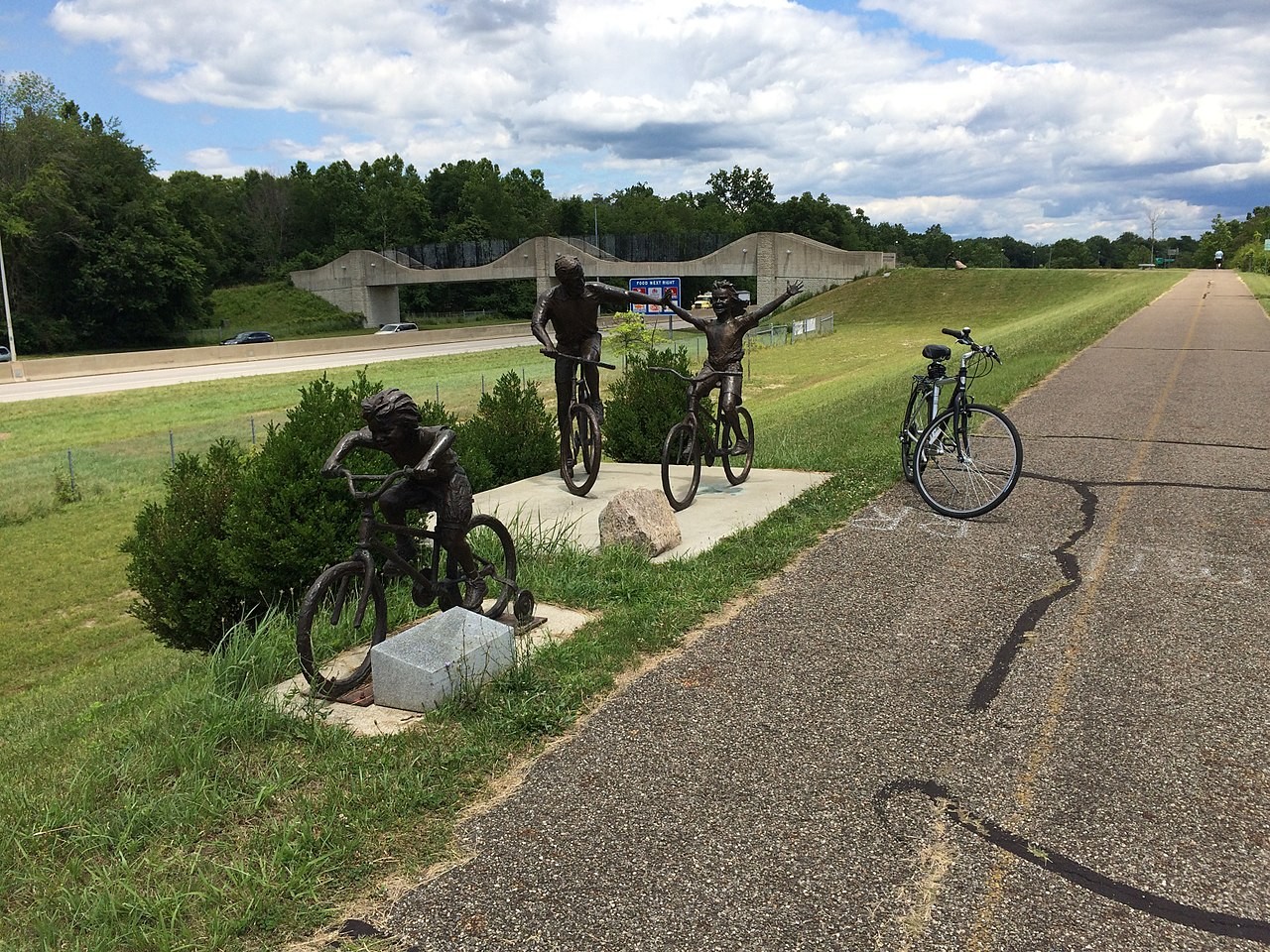Jack Shuler watched the overdose crisis take a heavy toll on his hometown of Newark, Ohio. It was terrible and needed attention, the author and Denison University associate professor of English told Filter. But deaths alone—even so many—were not the whole story.
“There were a couple of different counties in Ohio that were using refrigerator trucks to store the bodies of people who had overdosed and died,” Shuler began in a telephone interview. “That was the narrative coming out of Ohio. But it wasn’t what I was seeing on the ground. I was meeting lots of people who were trying their damnedest to figure out how to fix this problem. So that’s where I started.”
A couple of years later, the end result is This is Ohio: The Overdose Crisis and the Front Lines of a New America (September 2020, Counterpoint Press)—a book that sets itself apart from the pack with a focus on both harm reduction and the larger economic factors that Shuler argues comprise crucial yet oft-overlooked context.
“There was no singular dramatic moment of industrial loss,” the book reads. “Instead there was a steady decline—new technologies supplanting old, locally owned businesses being bought out by larger ones, factories shuttering via cutbacks and layoffs. The story of Newark is the same as in many places—as the world became more connected, local companies were gobbled up by bigger ones.”
The effect has been to leave residents in pain, Shuler argues. There were an estimated 4,280 overdose deaths across Ohio in 2019, up from 4,004 the previous year, according to preliminary data released by the Centers for Disease Control and Prevention last July. These numbers rank Ohio among the states affected worst of all by the crisis.
From economic decline, Shuler explains the overdose crisis and Ohio harm reduction programs with a beginner-friendly style that makes controversial topics easily digestible for people who might never have heard of these concepts, or who oppose them outright.
“I wrote the book from my perspective, as someone who was kind-of learning this stuff as I went along,” Shuler said. “So the book starts in a situation where we have someone who is abstinence-only. People are familiar with that … Then I take them from abstinence-only to see that there is a reason for SSPs [syringe-service programs]. And then maybe I can get them to see heroin-assisted treatment and see that it actually works…. If you can get people to make that leap, then maybe I can get them to rethink the War on Drugs.”
Shuler has found a gang of heroes who have taken matters into their own hands.
Shuler holds readers’ interest with a colorful cast of activists who are on the ground in Ohio today, pushing back against the fentanyl-driven overdose crisis and the wider drug war.
Among them are Trish and Billy, a mother and her son who struggles with his own addiction. The pair appear everywhere in Newark’s harm reduction scene, working both sides of the law to keep people alive.
“I’m trying not to let it totally control my life,” Trish says in the book. “But with all the activist work, if it saves one life … there might be another mom out there who saves Billy.”
For his part, Billy shares his story frankly in the hope of combating stigma.
“I’m a ten-year IV drug user,” he says at one community meeting recounted in the book. “What we’ve been doing for so long with the war on drugs is not working. In fact, it’s cultivating addiction. We gotta start looking at other pieces to the puzzle. There’s no one fix to the opioids crisis in America.”
At another gathering, Billy openly offers supports for drug users that at the time were still illegal in Newark’s home of Licking County.
“If you or someone you know is out there still actively using, see me after the meeting to get some Narcan,” he tells a full room. “If you need clean syringes, I can help you. If you are using, don’t get high alone in a bathroom. Use with somebody … Do half. Wait thirty seconds and do the other half. It’s unrealistic to say that everyone here is completely abstinent. If you’re using, don’t be ashamed. Don’t let anyone in these rooms shame you.”
Shuler remained on the sidelines through his year researching This Is Ohio. While not an activist himself, he did however pick up a few things hanging out with people like Trish and Billy.
“To convince people on any complicated or controversial issue, you have to start with where that person is at.”
“In rural America, and in the Rust Belt, and in places that have fewer resources, try to figure out who are your allies, and work with those allies,” Shuler said. “Who are the people that you can bring along? Who are the medical professionals that you can bring along? You have to figure out who your allies are, first.”
He offered a second tip that will ring familiar to veteran harm reduction advocates.
“I once had the opportunity to meet Sister Helen Prejean,” Shuler said. “And I’ll never forget this, she said to me, ‘To convince people on any complicated or controversial issue, you have to start with where that person is at. So if they are more concerned about the economy, then you start there and you make that argument. If they’re more concerned about safety, then you start there. If they are more concerned about health and community health, then you start there.’ You figure out where people are at.”
In reading This Is Ohio, Shuler said he hopes people will share the experience that he had writing it. “The narrative arc of the book is really chronological, but it’s also an arc that takes me from being a newbie to maybe understanding a whole lot more than I did before,” he said. “And hopefully, I will take readers with me on that journey.”
In the sort of middle-America town where news reports too often only focus on the bodies, Shuler has found a gang of heroes who have taken matters into their own hands.
“Trish’s story is the story of a lot of people’s; she’s doing this because her son has his own struggles [with addiction], and because she would hope that while he is struggling, that there will be someone there to support him and to meet him where he is at.”
“I can’t even tell you how in awe I am of those people,” Shuler continued. “There are lots of people around the country who are doing something just like that. This is just one story.”
Photograph of Gary Lee Price’s sculpture “Family Outing,” in Newark, Ohio, by Chamberednautilus via Wikimedia Commons/Creative Commons 4.0





Show Comments